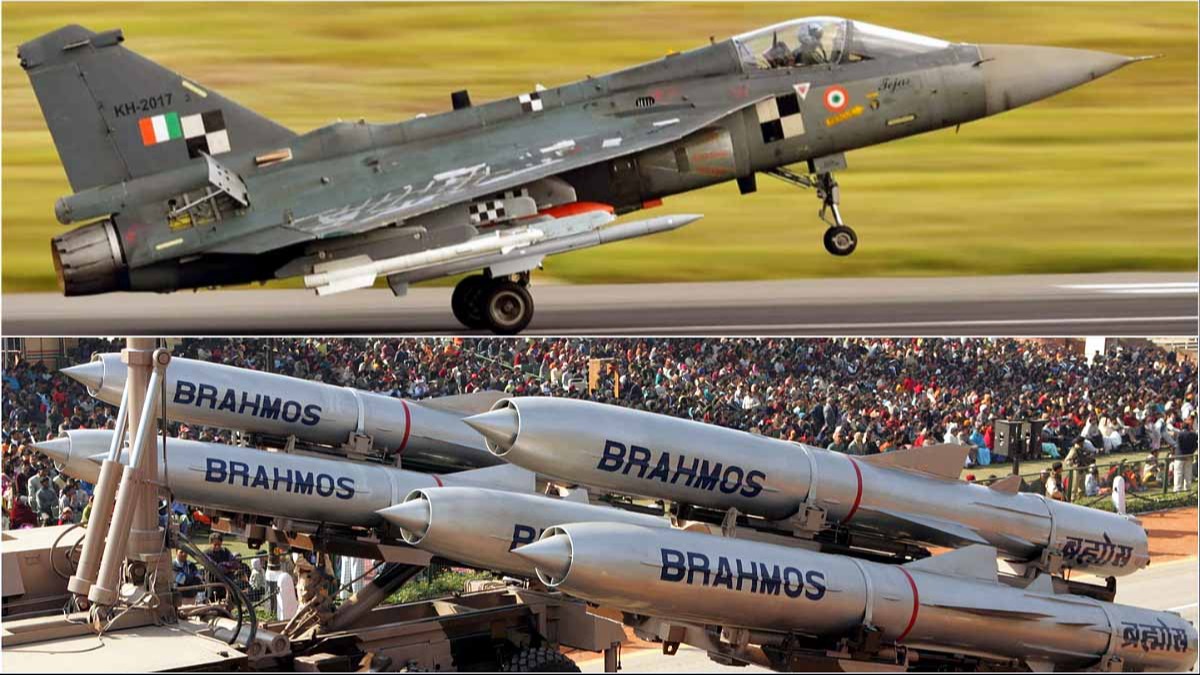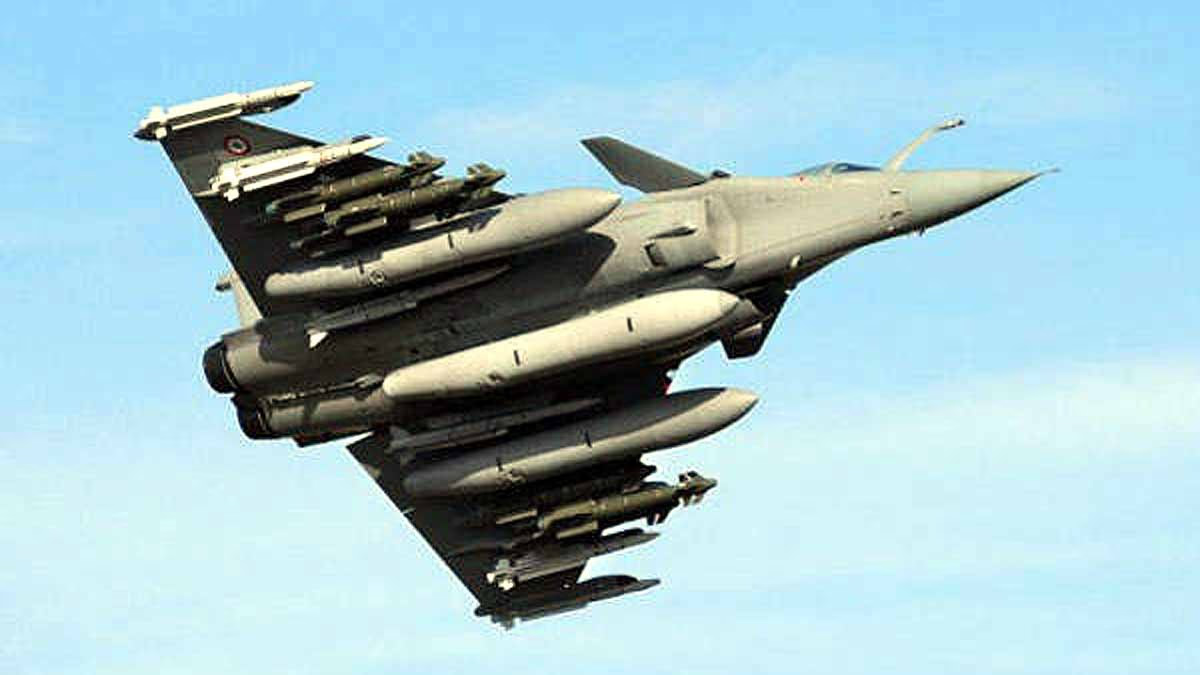In a bid to thwart Chinese maneuvers, a small nation sought India’s aid, first procuring the BrahMos missile and now eyeing the light combat aircraft Tejas. This country is 996% smaller than India by area, with a population just slightly more than that of Maharashtra.
The nation in focus is the Philippines. Its military intends to deploy anti-ship and land-attack BrahMos missiles along its coasts. Previously, the Philippines Marine Corps acquired three batteries of anti-ship BrahMos missiles. Moreover, the air force is contemplating Tejas fighter jets for its fleet.
Also Read:
The Philippines requires 12 to 16 fighter jets; hence, it is considering not just the Tejas jets but also the BrahMos missiles that can be launched from them. Should the Philippines close the deal with India, it will pose a significant challenge to China, given the deadly effectiveness of the Tejas-BrahMos combination.
Last year, the chief of the Philippine Coast Guard visited Hindustan Aeronautics Limited and Indian Naval bases. He took a trip in the Advanced Light Helicopter and expressed interest in this craft. The real question is, how will Tejas and BrahMos secure the Philippines' safety?
Geographic Position: Surrounded by Seas on All Sides
The Philippines spans 343,448 square kilometers and consists of a cluster of 7641 islands in the South China Sea. Bordered by the Philippine Sea to the east and the Celebes Sea to the south, it shares maritime borders with Taiwan, Japan, Palau, Indonesia, Malaysia, Vietnam, and China, making it the 12th most populous country in the world.
Read More: Ice-Free Arctic: Arctic Ice to Disappear in 10 Years, World to Face Major Challenges
The Benefits of the BrahMos Supersonic Cruise Missile...
BrahMos, one of the few supersonic cruise missiles globally, can be launched from anywhere. The Philippines seeks anti-ship and land-attack variants of the BrahMos missile. There are more than six versions of the missile, ranging from 1200 kg to 3000 kg, measuring 20 to 28 feet in length.
They can carry 200 to 300 kg payloads, nuclear or conventional, reach altitudes of 15 km, and have a range between 290 to 800 km. An advantageous feature is their sea-skimming capability, making them nearly undetectable by radars due to their low flight profiles, and they boast speeds up to 3704 km/h.
Why the Philippines Is Keen on the Tejas Fighter Jet
Tejas's small size precludes detection by current radar systems, rendering it nearly invisible to enemies. Its specifications include a length of 43.4 feet, height of 14.5 feet, and wingspan of 26.11 feet. This fighter jet excels in close-air-to-ground operations.
Also Read: Russia-China Plan Nuclear Power Plant on the Moon, Design and Technology Ready
Capable of a top speed of 1980 km/hr, with an operational range of 1850 KM, Tejas can soar to 53,000 km altitude. It features eight hardpoints for various weapons, including S-8 rocket pods. The equipped air-to-air missiles include R-73, I-Derby, Python-5, with plans for ASRAAM, Astra Mark 1, and R-77.
Surface-to-air missiles like the Kh-59ME, Kh-59L, Kh-59T, AASM-Hammer are installed, with BrahMos-NG ALCM in the pipeline. Tejas carries an arsenal capable of inflicting critical damage in assault scenarios. Armed with assault weapons such as Rudra, the BrahMos missile makes this fighter a formidable foe.




